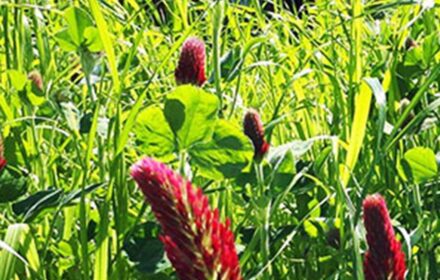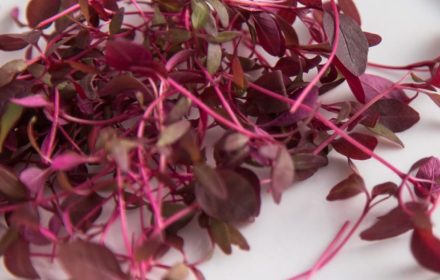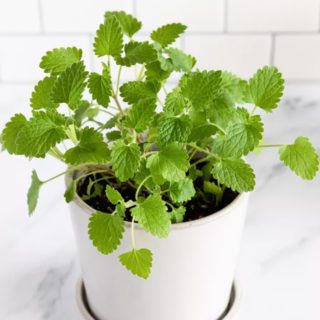Growing Double Zinnia Seeds in the UK
Double Zinnias are known for their vibrant, fully double blooms that come in a striking mix of deep rose, burgundy, cream, and yellow. These compact, half-hardy annuals produce stunning 2-inch diameter flowers on long, sturdy stems, making them perfect for adding bold colour to garden borders or for use as cut flowers in floral arrangements. Their long-lasting blooms and ease of growth make Double Zinnias a popular choice for UK gardeners looking to add a splash of colour to their outdoor spaces. Follow this guide to successfully sow and grow Double Zinnia seeds in your garden.
When and Where to Sow Double Zinnia Seeds
- Indoor Sowing: Start Zinnia seeds indoors 4-6 weeks before the last expected frost (around March to April in the UK). This will give your plants a head start and ensure early blooms. Use seed trays or small pots filled with a high-quality seed compost.
- Outdoor Sowing: Zinnia seeds can be sown directly outdoors in late spring (after the last frost, typically in May). Choose a sunny spot with well-drained soil and sow the seeds thinly. Direct sowing is ideal if you prefer a more natural growing process, but keep in mind that seedlings will still need protection from pests and sudden cold snaps.
Step-by-Step Guide to Sowing Double Zinnia Seeds Indoors
- Prepare the Containers: Fill seed trays or small pots with fine seed compost. Ensure the compost is moist but not waterlogged.
- Sowing the Seeds: Sow the Zinnia seeds thinly on the surface and lightly cover them with a thin layer of compost or vermiculite. Zinnia seeds require light to germinate, so avoid burying them too deeply.
- Ideal Germination Conditions: Maintain a consistent temperature of around 21°C (70°F). Place the seed trays in a warm, well-lit area, such as a windowsill or under grow lights, ensuring they receive plenty of light.
- Germination Time: Germination typically occurs within 5-10 days. Keep the compost consistently moist during this period, but be careful not to overwater, as this can lead to damping-off disease.
- Transplanting Seedlings: When the seedlings are large enough to handle and have their first true leaves, thin them out and transplant them into individual pots. Continue growing them in cooler conditions to harden them off before planting out.
Planting Double Zinnia Outdoors
- Hardening Off: Before transplanting outdoors, harden off the seedlings by gradually acclimatizing them to outdoor conditions. This involves placing them outside during the day and bringing them back indoors at night for about a week.
- Final Planting: Once all risk of frost has passed (late May to early June in the UK), plant the Zinnias in their final positions in the garden. Space the plants approximately 25-30 cm (10-12 inches) apart to allow for good air circulation and healthy growth.
- Sunlight and Soil Requirements: Choose a sunny location with well-drained soil. Zinnias thrive in full sun and prefer fertile soil enriched with compost or well-rotted manure. Avoid planting in areas prone to waterlogging, as this can cause root rot.
Caring for Double Zinnia Plants
- Watering: Zinnias prefer slightly dry conditions. Water the plants regularly during dry spells, but avoid overwatering, especially around the base of the plant. Water at the soil level to keep the foliage dry and prevent disease.
- Feeding: Apply a balanced liquid fertilizer once a month during the growing season to promote healthy growth and abundant flowering. Avoid over-fertilising, as this can lead to lush foliage but fewer flowers.
- Pinching and Deadheading: Pinch back the growing tips of young plants to encourage bushier growth and more blooms. Regularly deadhead spent flowers to extend the blooming period and encourage new flower production.
Common Pests and Problems
- Aphids and Spider Mites: Zinnias can be affected by aphids and spider mites. Inspect the plants regularly and, if necessary, treat with insecticidal soap or neem oil.
- Powdery Mildew: This fungal disease can affect Zinnias, particularly in humid or wet conditions. To prevent it, ensure good air circulation around the plants and avoid overhead watering.
Harvesting Double Zinnia Flowers
- Cut Flowers: Zinnias are excellent for cutting. Harvest the flowers when they are fully open for the longest vase life. Cut the stems in the early morning and place them in water immediately. Zinnia blooms can last up to a week in a vase, making them perfect for brightening up your home.
- Encouraging More Blooms: Regular cutting not only provides beautiful flowers for your home but also encourages the plant to produce more blooms throughout the summer and into early autumn.
Frequently Asked Questions About Growing Double Zinnias
- Can Zinnias be grown in containers? Yes, Zinnias can be grown successfully in containers. Choose a large pot with good drainage and use a quality potting mix. Ensure the container receives plenty of sunlight, and water regularly to prevent the soil from drying out.
- How do I prevent my Zinnias from getting leggy? To prevent legginess, make sure your Zinnias receive plenty of light during the seedling stage. Pinching back the growing tips also encourages bushier, more compact growth.
- What is the best way to extend the Zinnia blooming period? Regular deadheading and consistent watering will help extend the blooming period. Pinching off the first buds can also lead to a longer flowering season.
By following these guidelines, you can enjoy a vibrant display of Double Zinnias in your UK garden, providing beautiful blooms for both your borders and indoor arrangements.



















